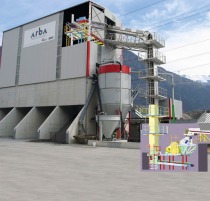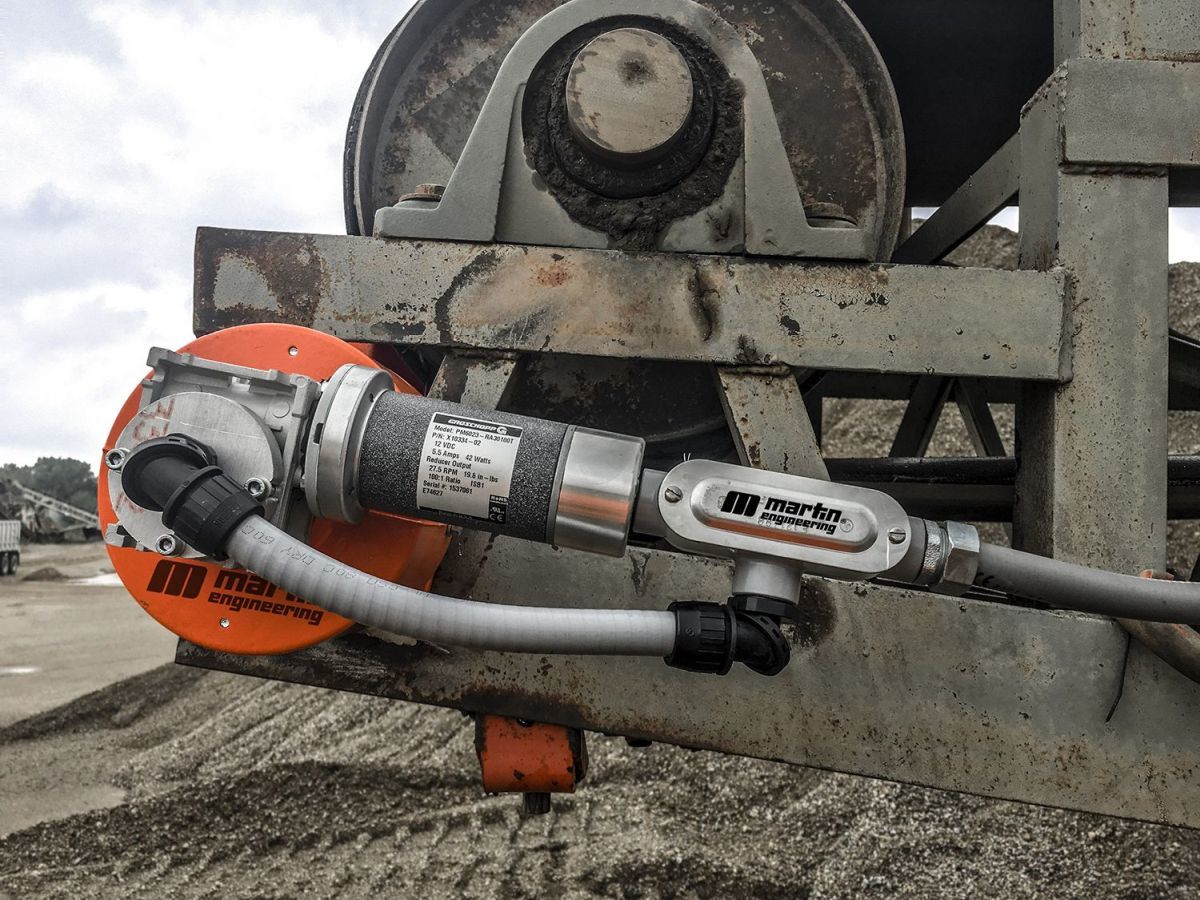Conveyor Manufacturers Association: Consistent Training Essential for Conveying Industry
“It is vital”, says Simon Curry, chairman of the Conveyor Manufacturers Association, “to provide a consistent, high standard of training to the workforce in the materials handling and conveying industry.”
He commented that in tough economic times, many companies tended to reduce training budgets in an attempt to cut costs. “While this is understandable under the circumstances”, he said, “it has far reaching, often negative and expensive consequences.” He explained that a poorly trained and unskilled workforce does not have the knowledge to spot problem areas in the conveying system, and maintenance is generally poor. This caused frequent breakdowns and constant problems in the system.
“Increased conveyor belt breakages, sub-standard belt splicing and other mechanical and electrical problems result in longer downtime, higher maintenance costs and expensive component replacement”, Curry said. “And this applies to all levels of personnel in the industry. For this reason”, he continued, “the Conveyor Manufacturers Association advises companies to take advantage of the various training and diploma courses offered by the association, which are specifically designed to meet the needs of the industry.”
An intensive six-day diploma course in the design and operation of belt conveyors, for example, is targeted at engineers, technicians and other personnel requiring specific knowledge of bulk materials handling with a focus on belt conveyors, and those who wish to increase the level of their continuous professional development. To cater for artisans, draughtsmen, junior sales people, engineers, apprentices and technicians newly employed in the industry, there is a three-day conveyor certificate course which covers the basics of conveyor operation, types of conveyors, components, belt maintenance, splicing and safety.
For supervisors, a three-day introductory course in splicing of textile-reinforced belting presents an overview of belt splicing that emphasises best practise to achieve successful, long-lasting splices. This results in better safety, reduced downtime and saves millions of rands by preventing damage to the belt and conveyor structure. A recently introduced three-day intensive course in chute design is held in conjunction with CMMS and Wits University, presented by leading Australian and South African practitioners in chute design.
Beltsmen, artisans and operating staff can attend a one-day beltsman certificate course held on-site at the request of companies in the industry. The course covers both theoretical and practical aspects of belts and conveyor systems, and includes as much information as possible concerning the day-to-day operation and maintenance of conveyors and belts. The course is designed to familiarise attendees with the procedures required for efficient performance of conveyor belts.




